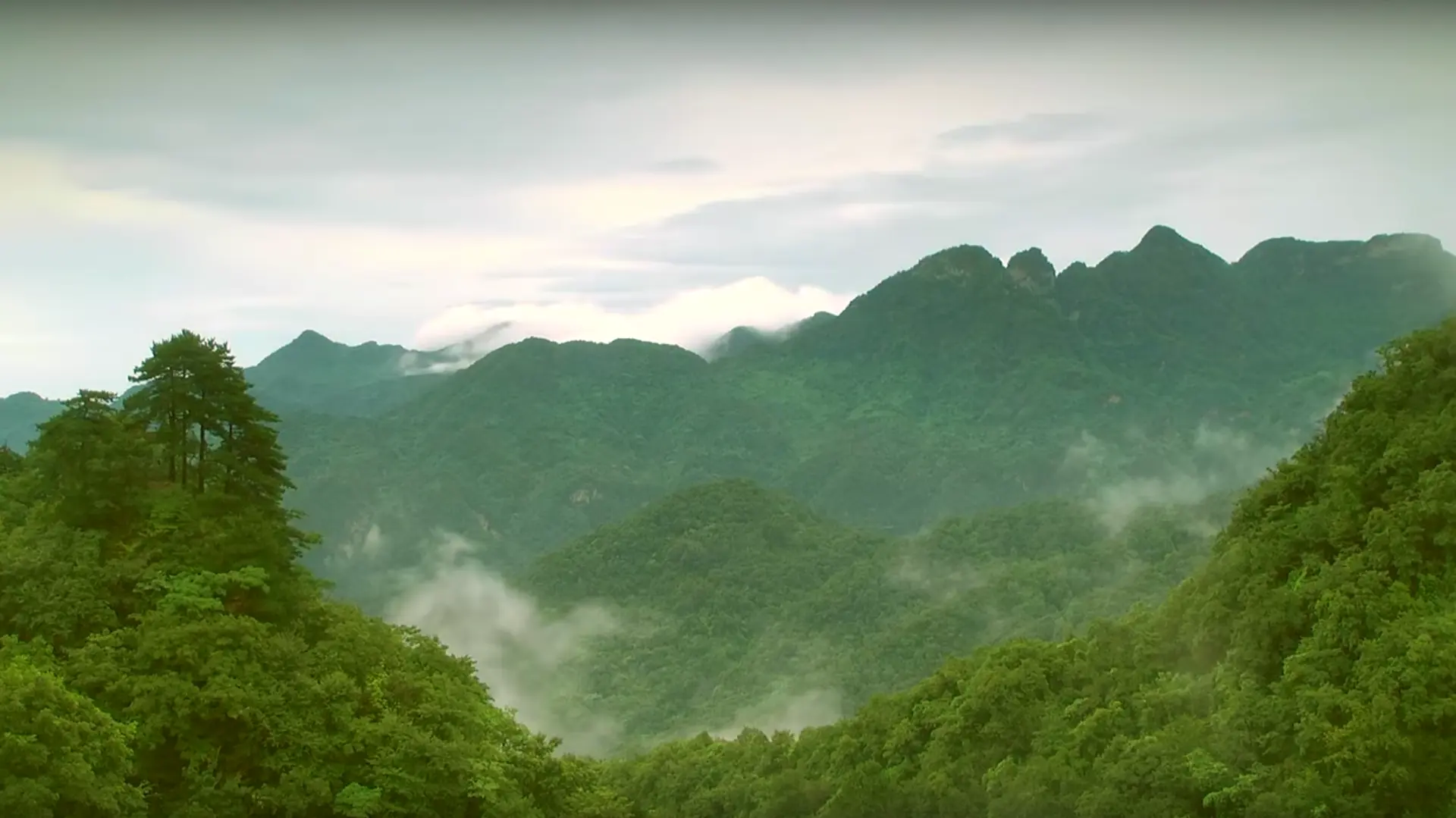

The goal of this website is to promote the continued existence of Mountain Tortoises, Manouria emys through conservation in the wild and preservation in captivity by responsible stewards. A father son team created this website in early 2020 based on a personal appreciation for this species, direct experience, cited publications, and input from experienced individuals at private and nonprofit instituions. A special thanks to all those that have contributed.
Manouria emys are a species of tortoise with several common names including: Giant Forest Tortoise, Asian Forest Tortoise, Giant Asian Tortoise, Six-Legged Tortoise, Elephant Turtle, and Burmese Mountain Tortoise. The two subspecies are commonly called Black Mountain Tortoise and Brown Mountain Tortoise.
In reality, Burma is now Mayanmar, they live in multiple countries, don’t have six legs just a couple large spurs, share the distinction of being a giant forest tortoise with other species, and both subspecies are shades of brown. We recommend using the following:
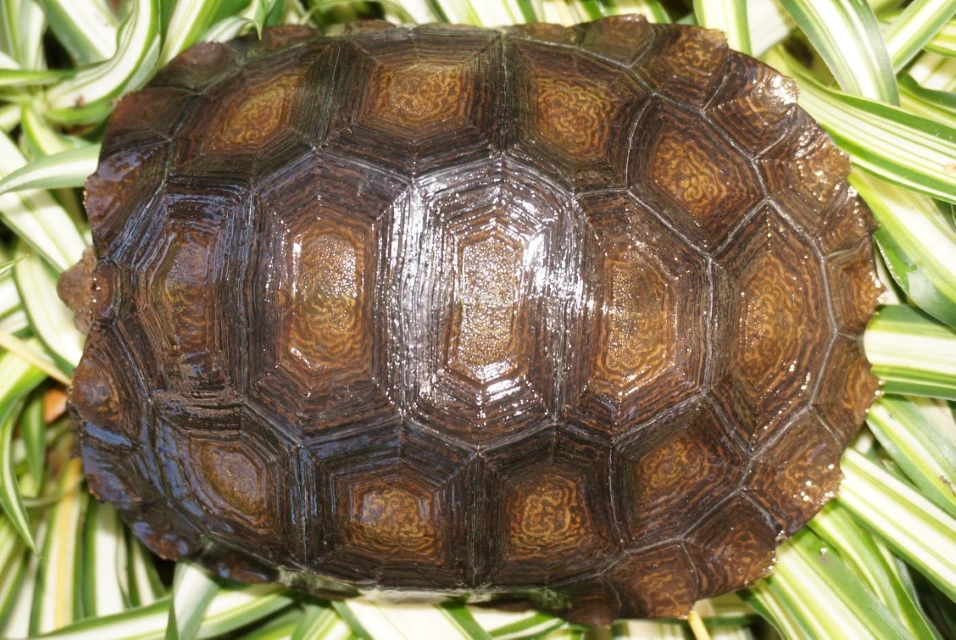
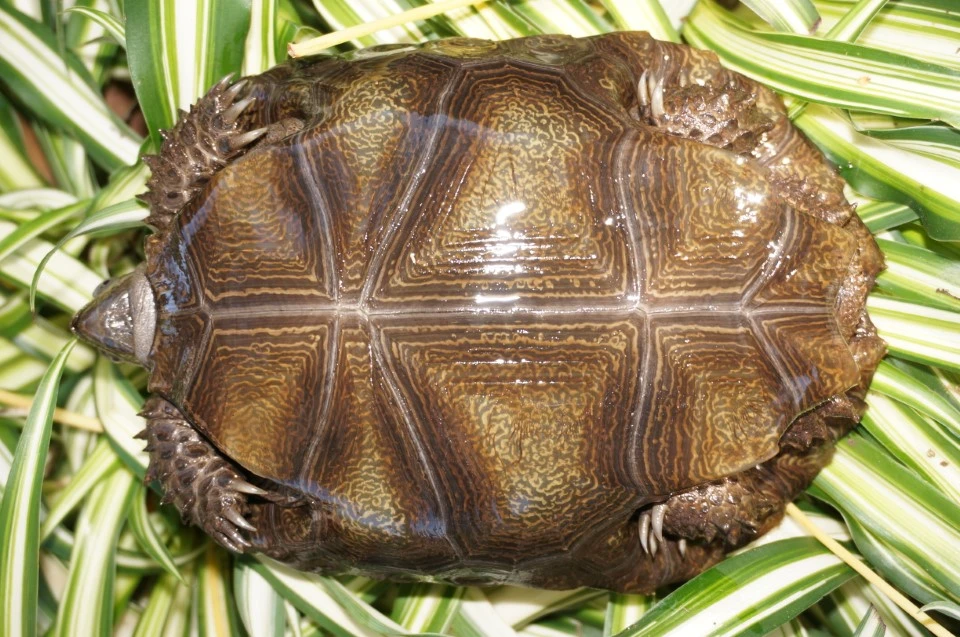
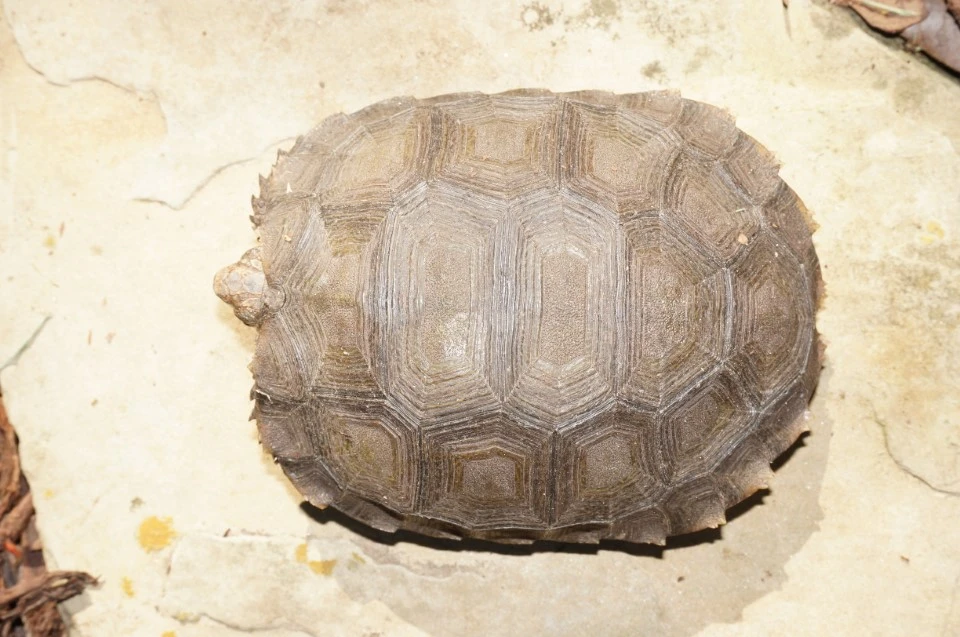
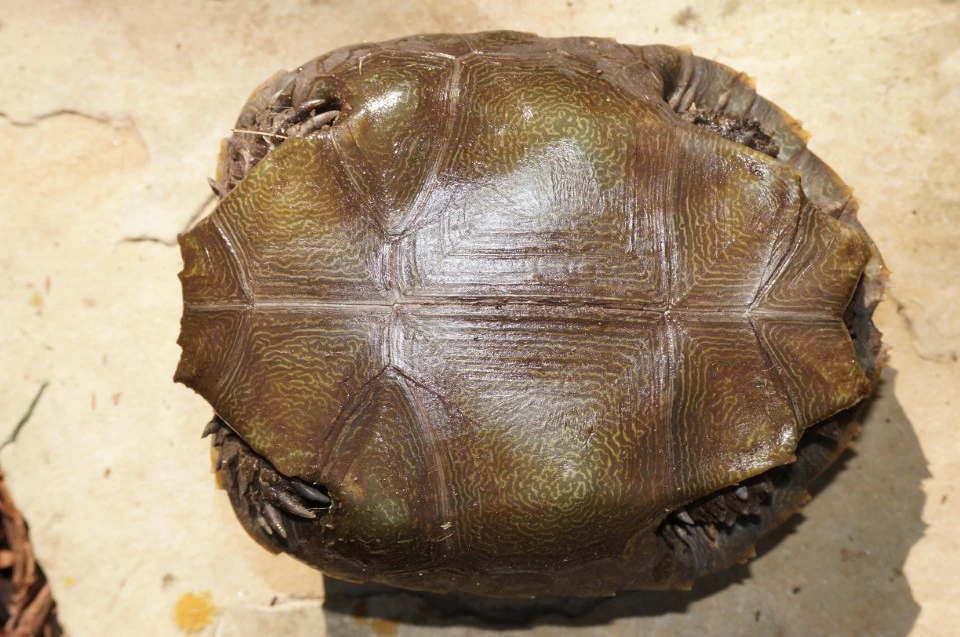
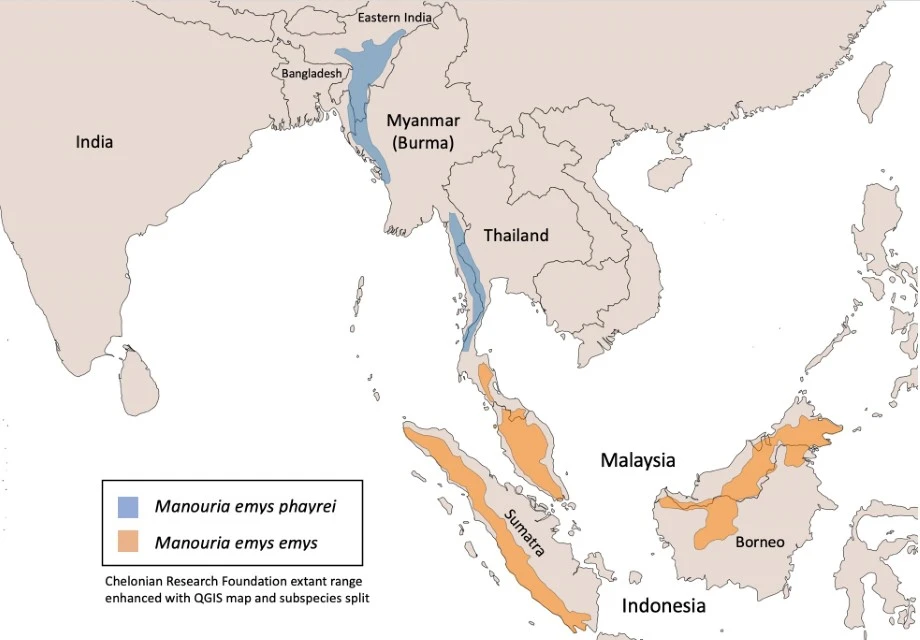
| Range | Region | City |
|---|---|---|
| North | India | Shillong |
| North | India | Imphal |
| North | Bangladesh | Rangamati |
| North | Myanmar | Mudon |
| Mid | Thailand | Ao Noi |
| Mid | S. Myanmar | Mergui |
| South | S. Thailand | Narathiwat |
| South | Malaysia | Kuala Lumpur |
| SE | Borneo Malaysia | Sandakan |
| SW | Sumatra Indonesia | Bukittinggi |
Manouria emys take advantage of multiple microhabitats. Over the course of a year, the home range of an adult is around a quarter mile (0.5 km)2.
Young animals travel much less.
Microhabitats:

Seasons are most pronounced in the Northern parts of their range where the following is typical.
Cool-Dry Season (Nov-Feb): Spend the most time buried under leaves and logs.
Warmup Season (Mar-Apr): Spend the most time either soaking in shaded streams and swamps, or nesting.
Warm Wet Season (May-Oct): Adults spend the most time feeding in bamboo forests and Young spend the most time in swamps and streams.
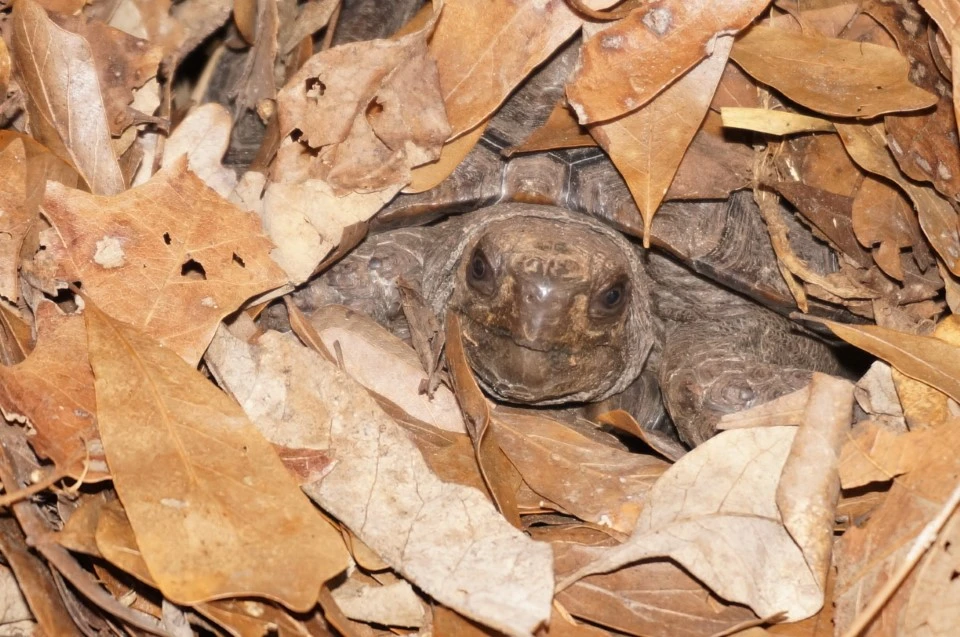
Manouria emys are known to eat a wide variety of items in the wild. Some of their favorites include.
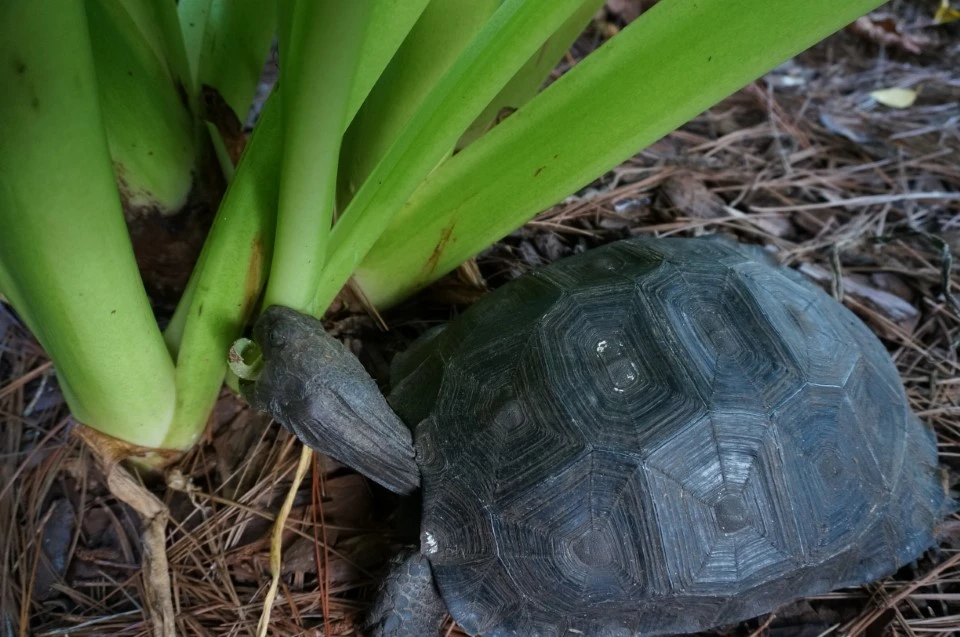
Manouria emys, especially Manouria emys phayrei, are under tremendous pressure in their native range from habitat loss, subsistence collection, and intensive commercial exploitation for black markets. Half of their habitat has been lost or degraded through the encroachment of human activity. Unless in a protected area, large reproducing adults are rarely encountered.
Small home ranges and the need for multiple microhabitats makes Manouria emys more vulnerable to habitat degradation and fragmentation. Their long lives can mask the reality of remaining habitat lacking the ability to sustain their full life cycle. Fragmented populations may not provide enough genetic variability to support the continued health of future generations of this species without human intervention.
Manouria emys are listed as critically endangered by multiple organizations including IUCN Redlist. Legal protections exist to prevent collection from the wild but with limited resources, enforcement is difficult. Conservation organizations including the Turtle Survival Alliance are working with several local communities and zoos to run breeding and head start programs in their native range. To preserve Manouria emys from extinction, assurance colonies exist across countries, zoos, non-profits, and private individuals.
We encourage all activities that promote the abundant appreciation and existence of Manouria emys through quality education, conservation, and preservation. Most important, this includes protection of this species and their habitat in the wild including advocacy in their native range, in-situ breeding, and head start programs. Secondly, it includes, science based research, genetics management, and long term assurance populations in captivity with responsible organizations and individuals. There are many ways to get involved. Here are a few organizations we recommend supporting based on their support of Manouria emys conservation and preservation.
 Turtle & Tortoise Preservation Group
Turtle & Tortoise Preservation Group
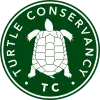 Turtle Conservancy
Turtle Conservancy
 Turtle Survival Allicance
Turtle Survival Allicance
In addition to participating in a US based breeding program, the TSA is successfully working on in-situ breeding, headstart, and release programs with local communities in three native countries. The following slideshow highlight four Manouria emys phayrei breeding programs.
When kept outside in warm humid areas, Manouria emys are one of the easiest and most rewarding tortoises to care for. They're extremely friendly and interactive; don't dig holes like sulcata; eat just about anything; are less likely to get shell deformities; and may be the most cold tolerant giant tortoise. They get big enough to fend off small predators but not too big to move when needed.
Through captive breeding, hundreds are hatched in the US each year. Unfortunately, similar to other types of tortoises, many don't survive their first year of life. To increase survival rates, we recommend breeders and experienced individuals head start Manouria emys and people new to caring for tortoises avoid acquiring animals less than a year old. The following captive care tips are based on decades of experience from several successful stewards.
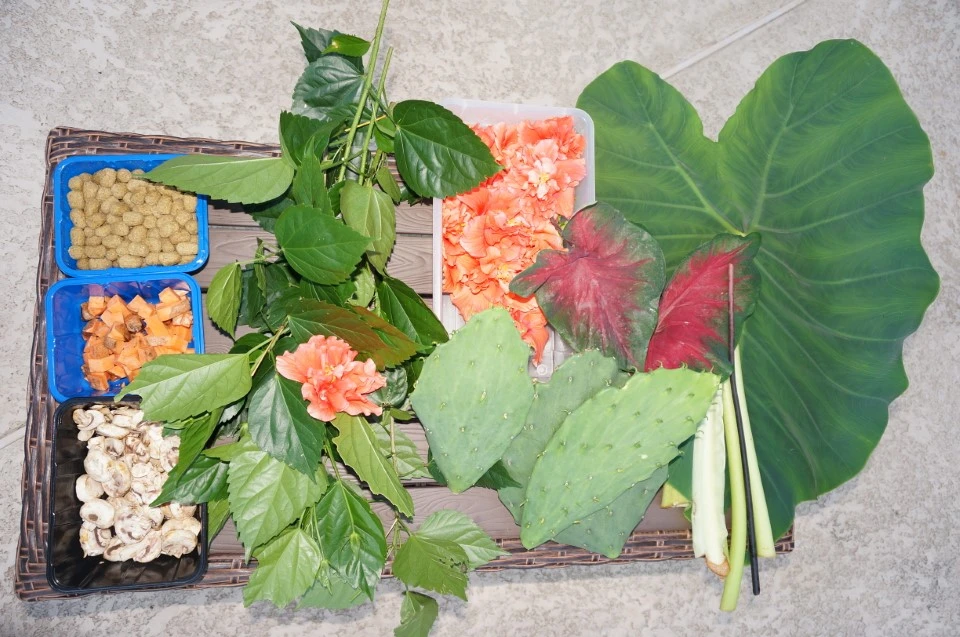
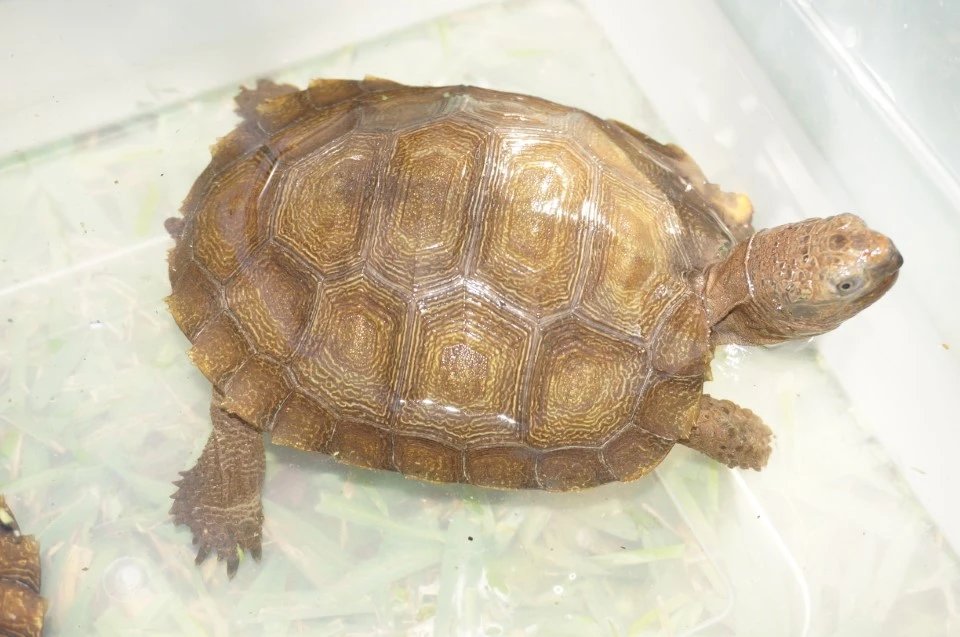
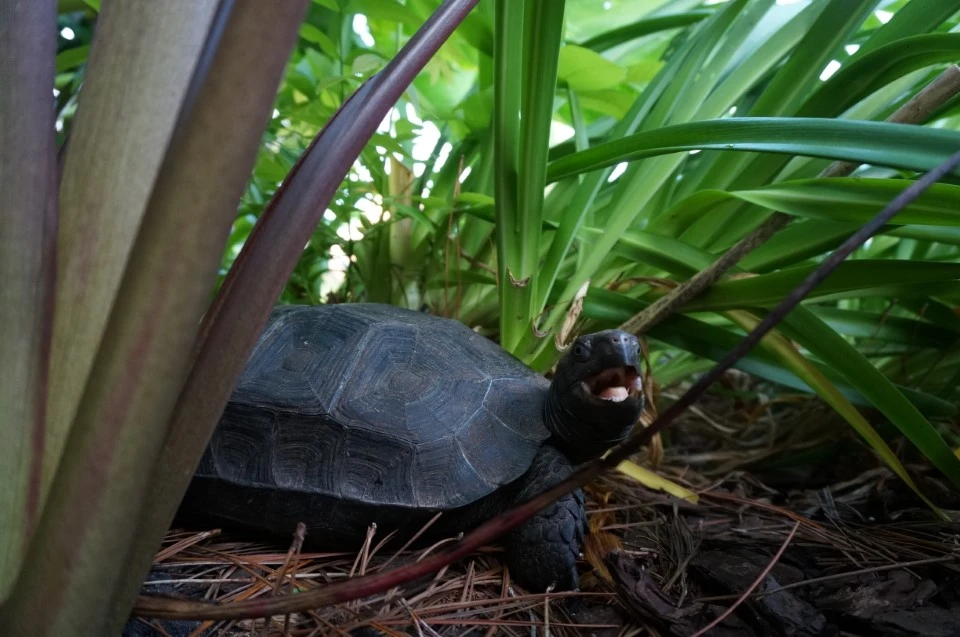
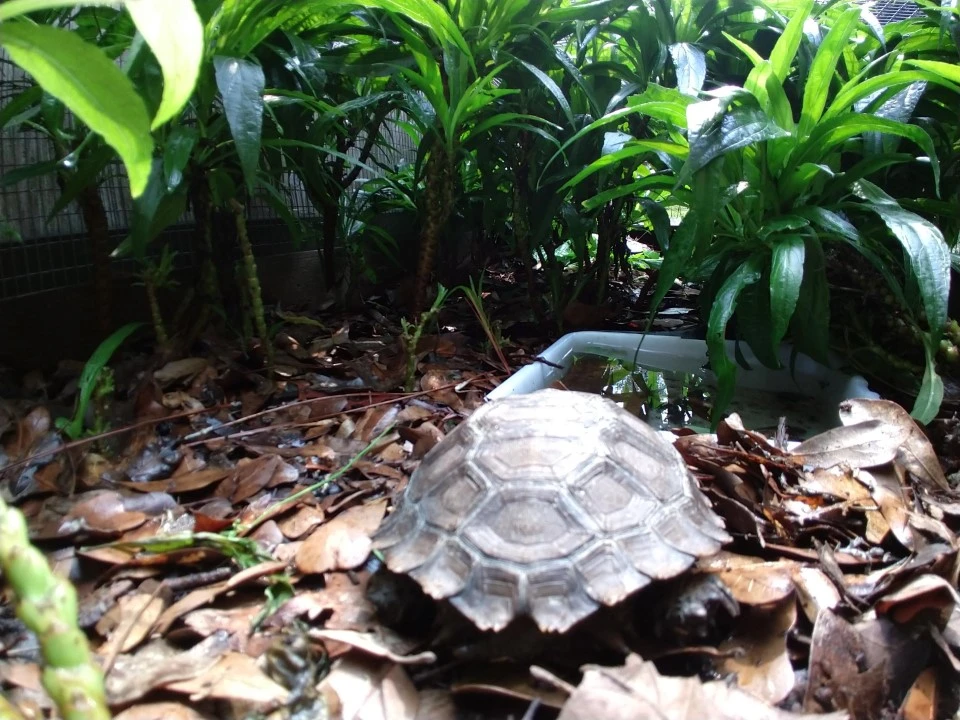
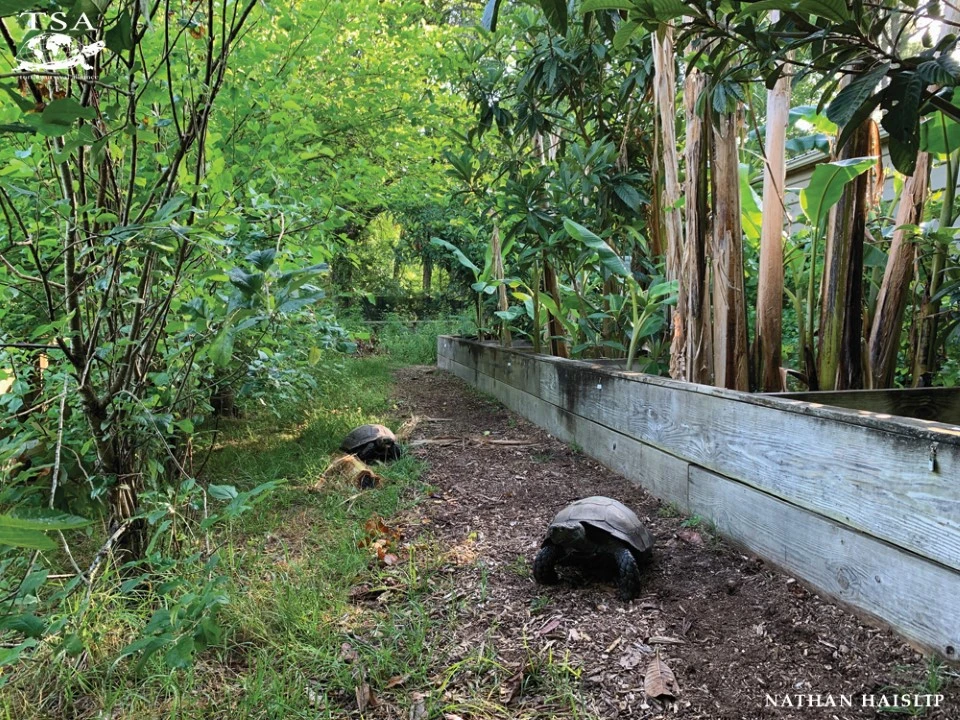
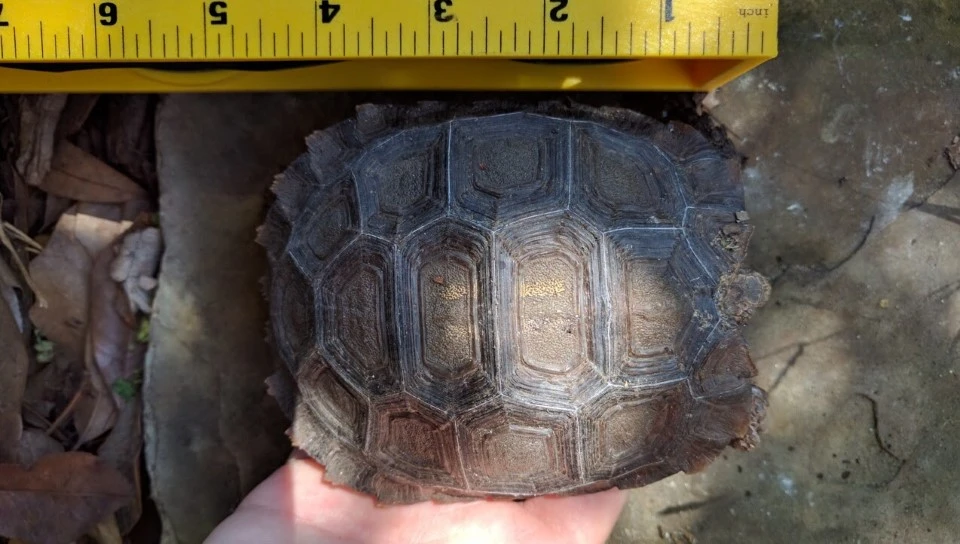
Determining sex is difficult, especially with sub-adults. To be 100% sure, observe either a penile display or eggs. Internal scoping by a vet with a lot of chelonian experience can also be valid but comes with the risk of harming the animal and expense. Everything else below is directional guidance.
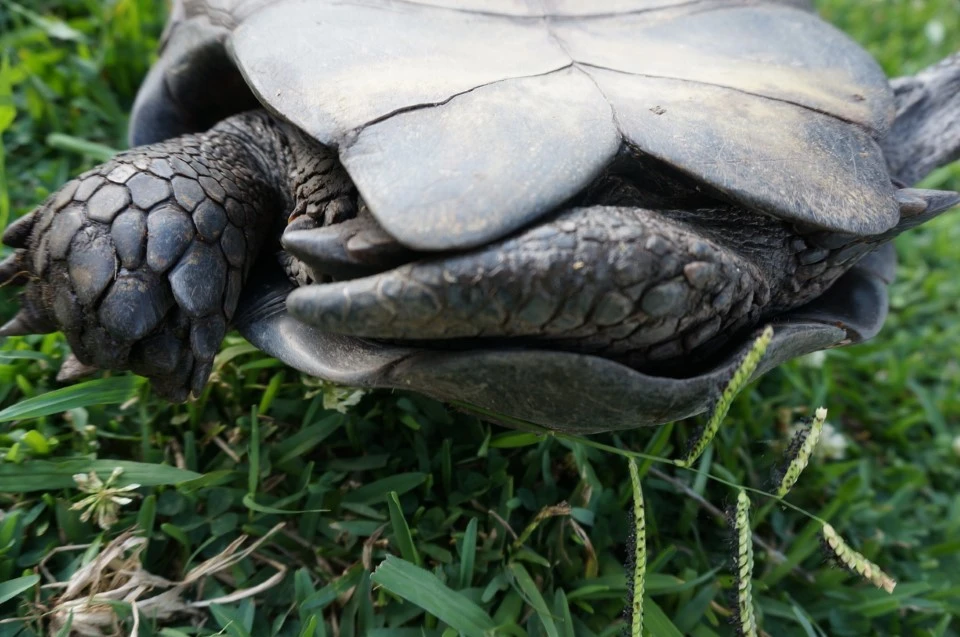
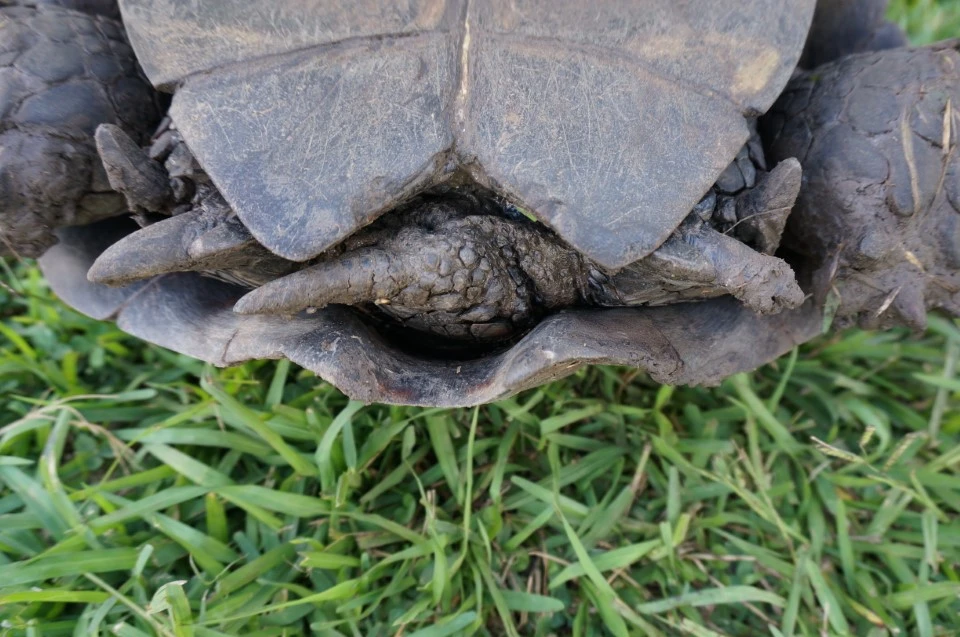
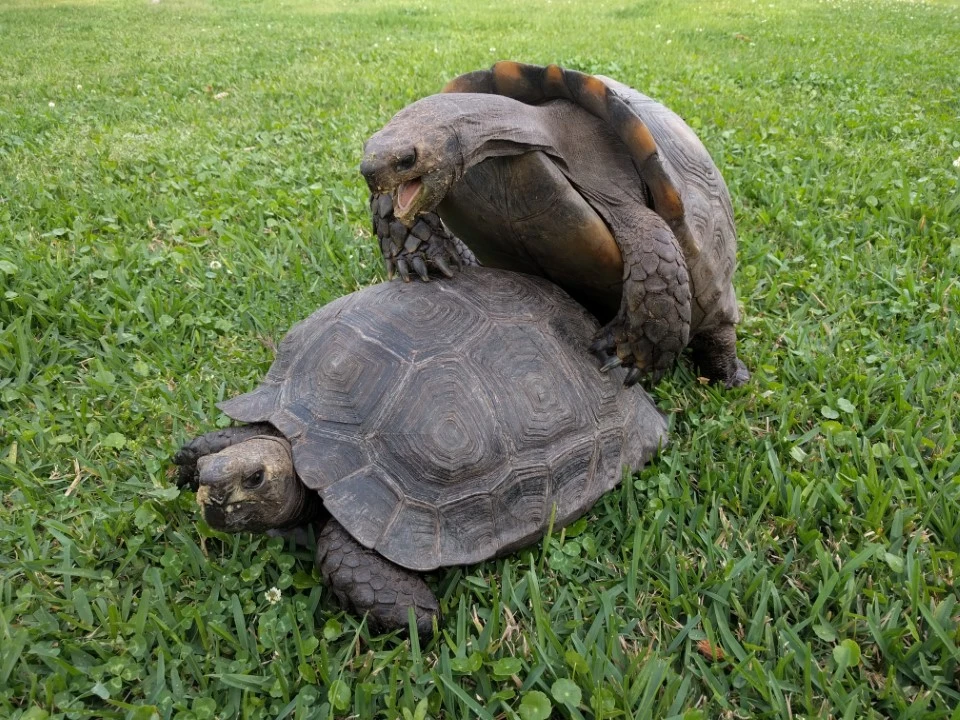
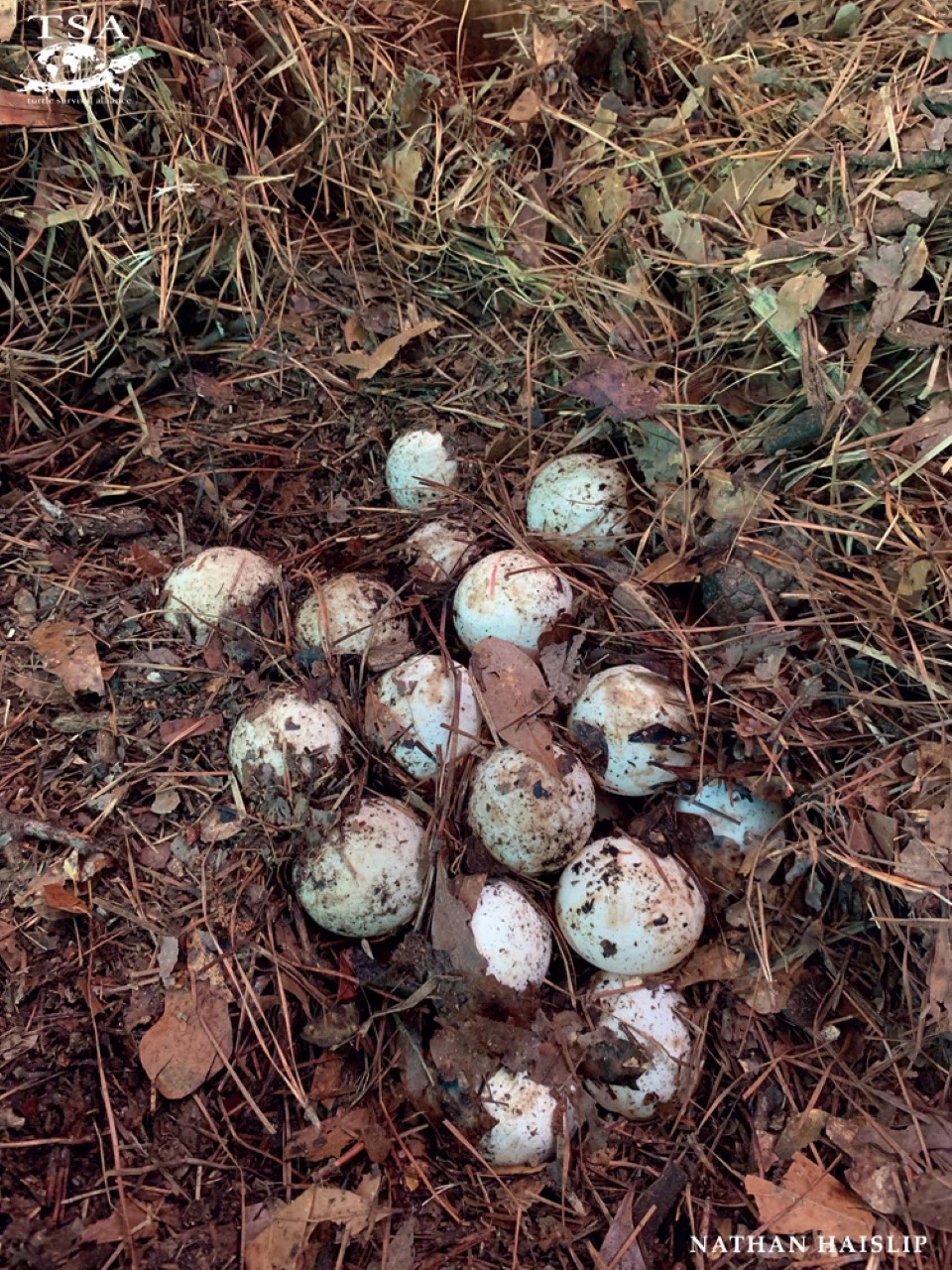
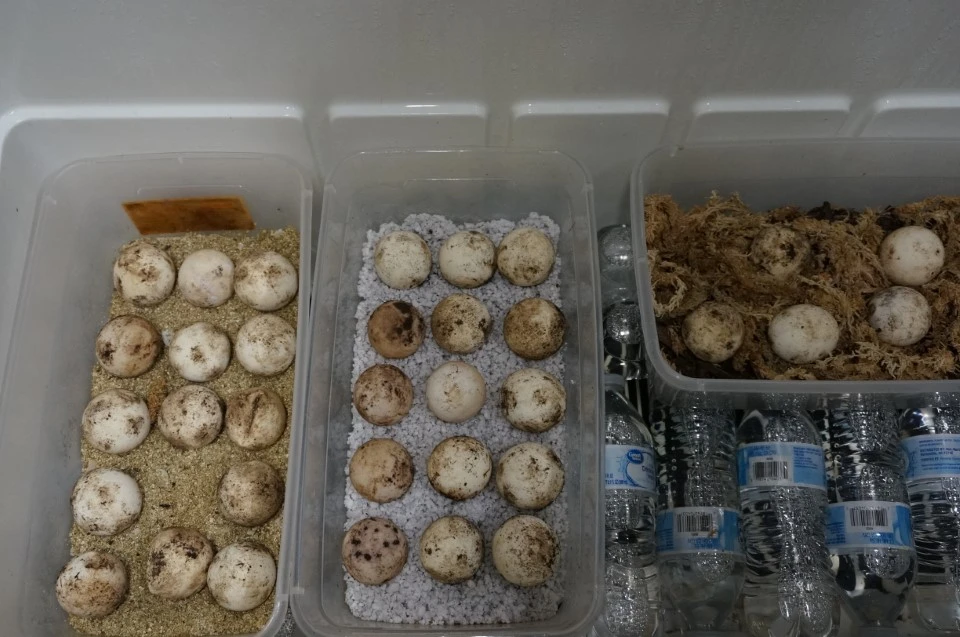
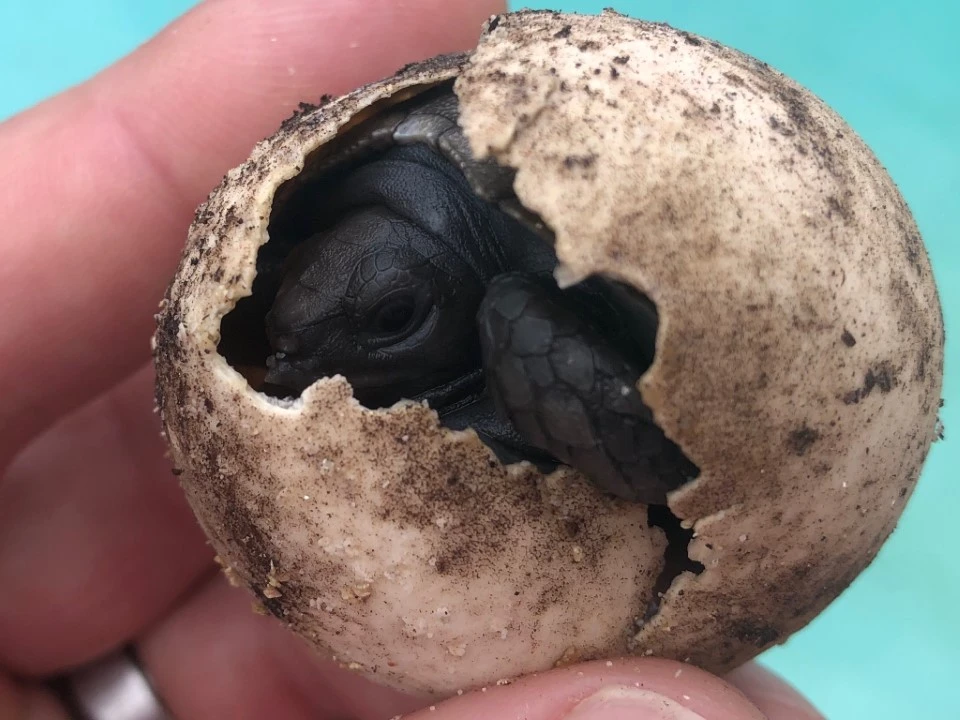

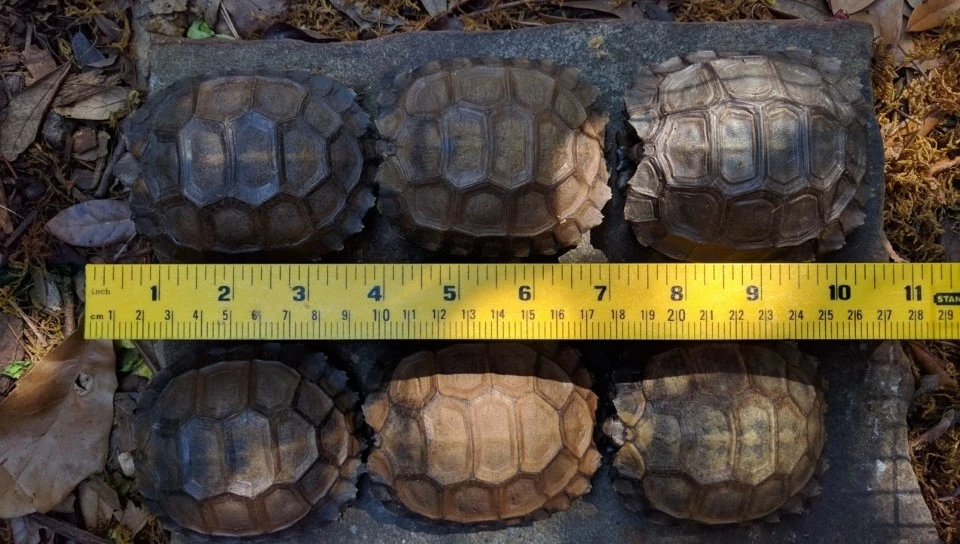
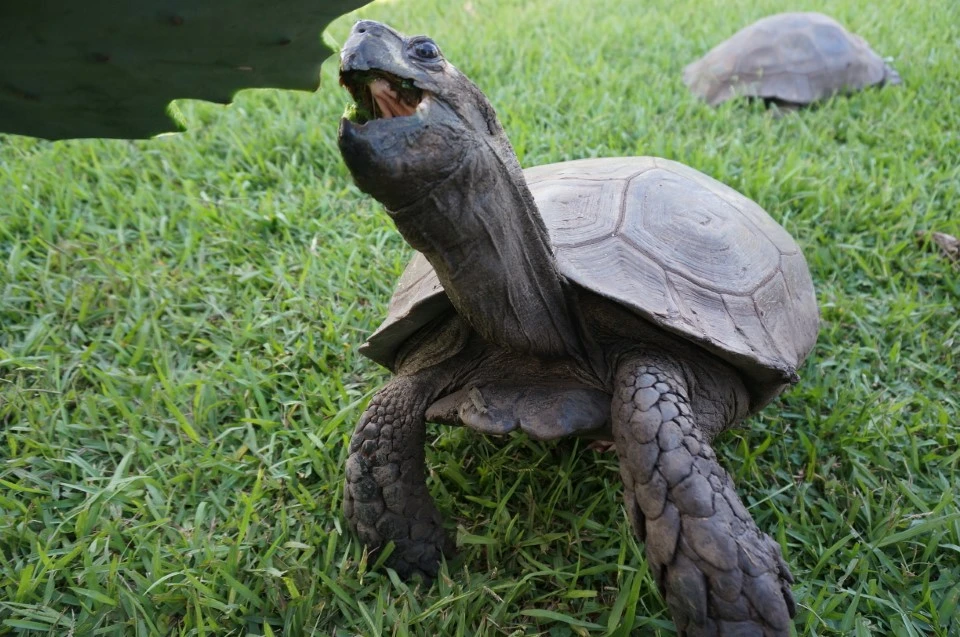
Through the efforts of a small number of dedicated stewards, captive born Mountain Tortoises / Manouria emys are regularly available in the US.
To promote the preservation of this species, we discretly connect interested parties as a Mountain Tortoise Matchmaker.
If you're interested in finding, rehoming, boarding, surplusing, or pairing Manouria emys, please send us an email to find your Manouria Match.
Listings